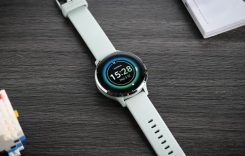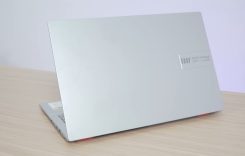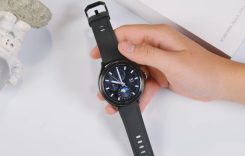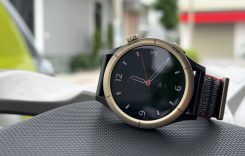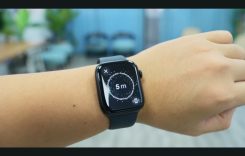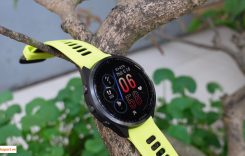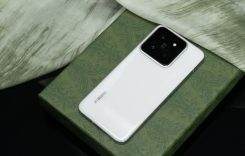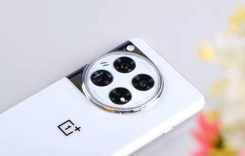In the world of smartphones, Apple’s iPhones stand out as beacons of innovation and sleek design. However, the allure of the latest models often comes with a hefty price tag, prompting many consumers to explore the realm of pre-owned iPhones. Choosing a used iPhone can be a savvy financial decision, provided you navigate the process wisely. In this guide, we’ll delve into the nuances of selecting a pre-owned iPhone, offering valuable insights and tips to ensure a rewarding and cost-effective purchase.
1. Define Your Budget:
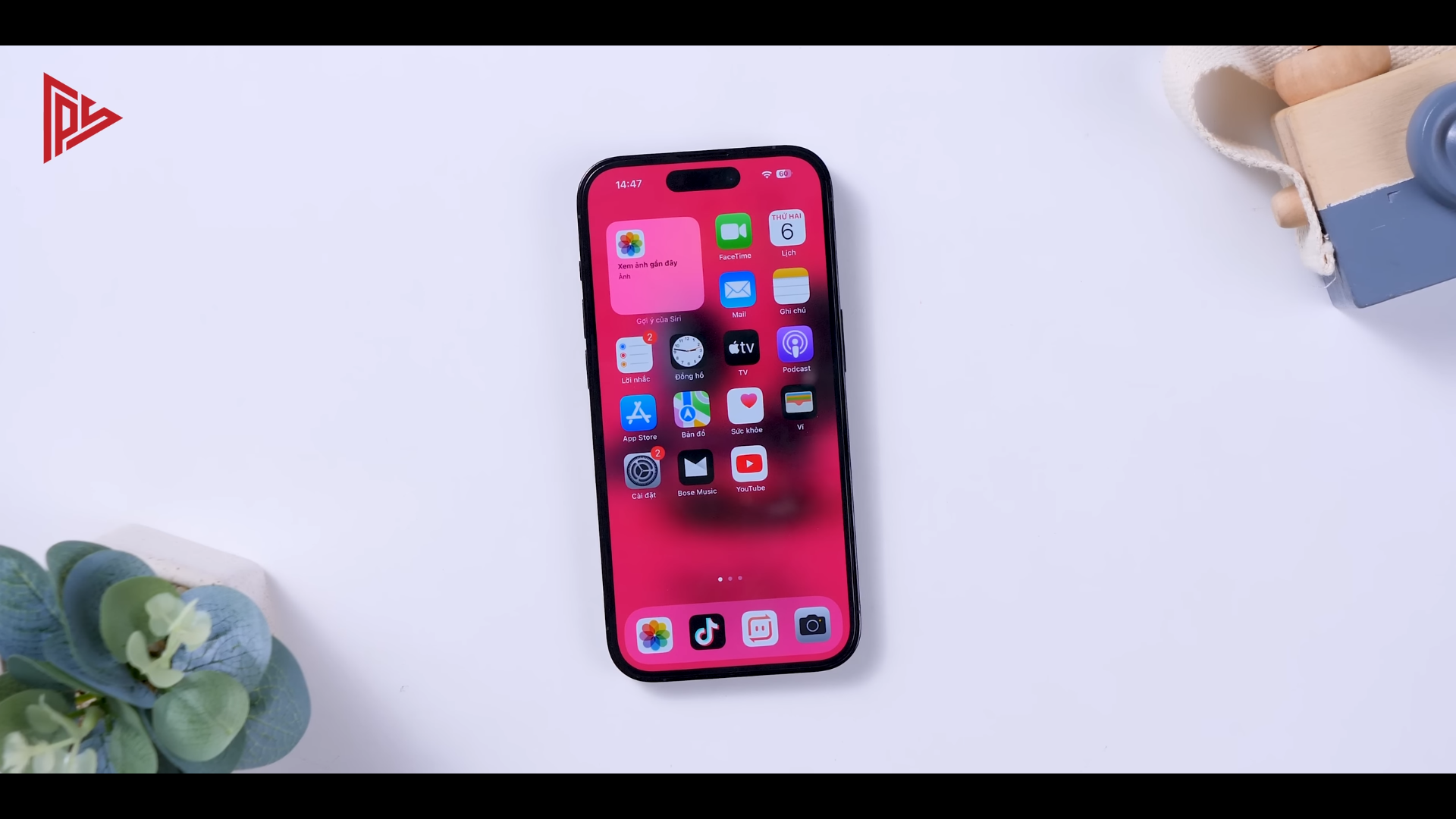
Setting a clear budget is the first and foremost step in the journey of choosing a pre-owned iPhone. Apple’s range of devices spans various price points, even within the pre-owned market. Determine the maximum amount you are willing to spend, considering potential accessories or necessary upgrades. Having a budget in mind will help streamline your options and prevent you from overspending.
2. Identify Your Requirements:
Every iPhone caters to a different set of needs and preferences. Are you a photography enthusiast, a power user requiring high performance, or a casual user focused on simplicity? Identifying your specific requirements will guide your selection process. For instance, if photography is a priority, consider models known for their exceptional camera systems, even if they are a generation or two old.
3. Research iPhone Models:
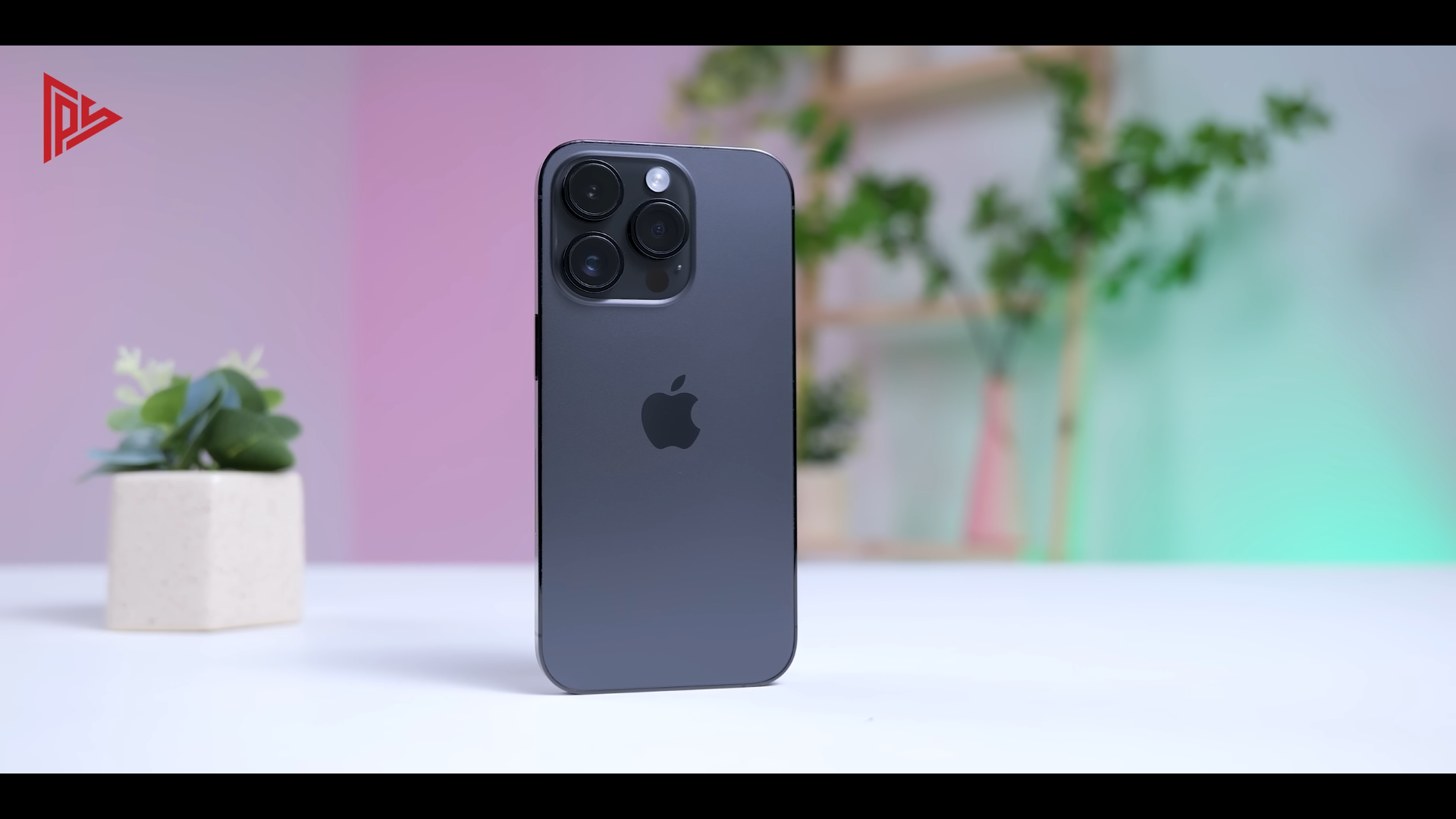
Apple releases new iPhone models regularly, each with its own set of features and improvements. Research different iPhone models to understand their specifications, performance capabilities, and any unique features they offer. Consider aspects such as camera quality, processing power, and display technology to ensure that the chosen iPhone aligns with your expectations.
4. Assess Physical Condition:
The physical condition of a pre-owned iPhone is crucial to its overall value. Examine the device for scratches, dents, or any signs of wear. Check the display for dead pixels or discoloration, and ensure that all buttons and ports are fully functional. A well-maintained iPhone not only reflects its previous owner’s care but also contributes to a more satisfying user experience.
5. Check for Screen and Battery Health:
The iPhone’s screen and battery are integral components that greatly influence user satisfaction. Check the screen for any imperfections and verify the battery health through the device’s settings. A healthy battery should still hold a significant charge, and a well-maintained screen ensures an optimal viewing experience. If necessary, inquire about any previous battery replacements.
6. Verify iCloud Activation Lock:
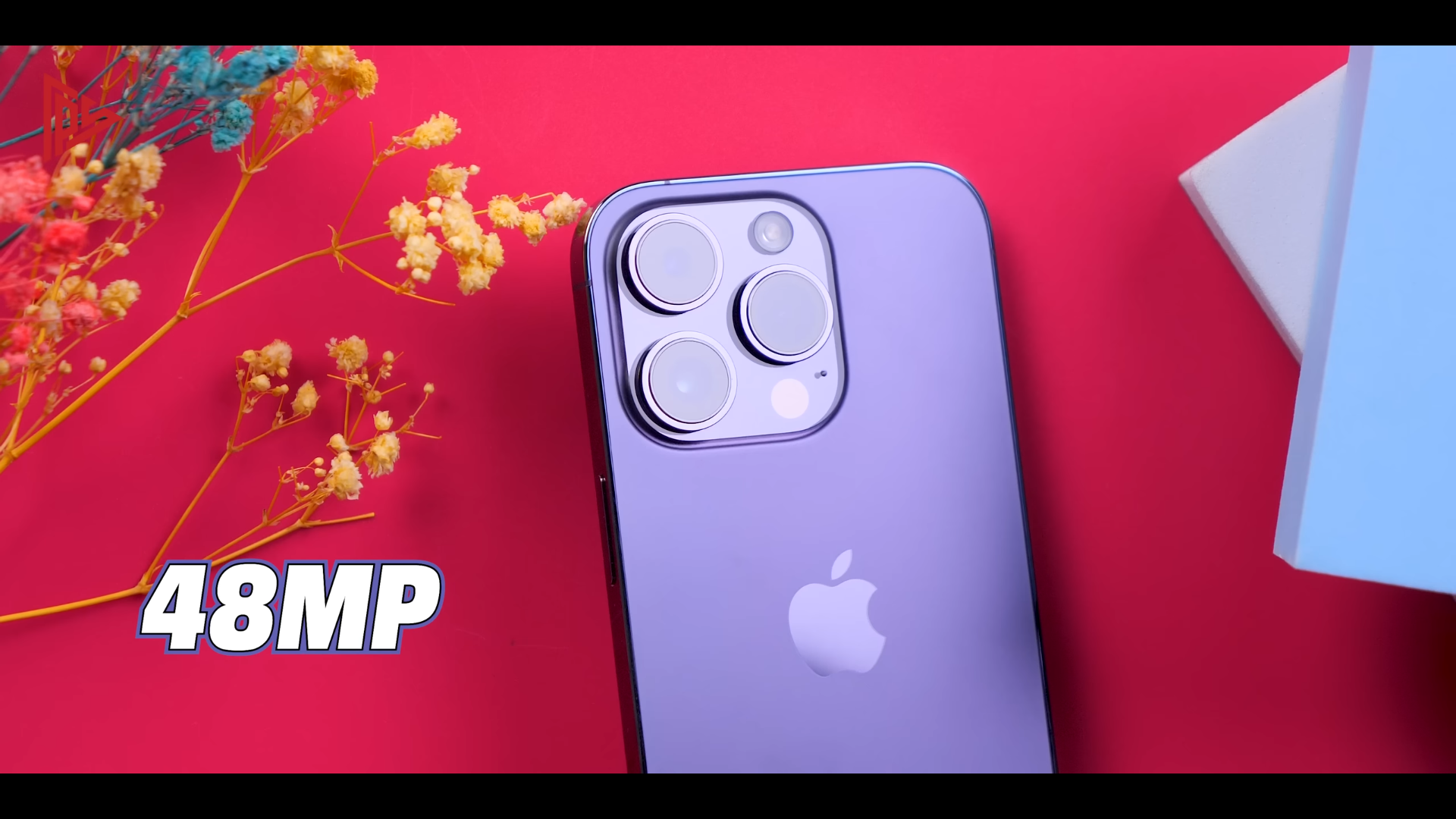
Before finalizing the purchase, ensure that the pre-owned iPhone is free from iCloud Activation Lock. This security feature ties the device to the original owner’s Apple ID, and unlocking it without their credentials can be challenging. A clear iCloud status ensures a seamless setup and use of the iPhone under your ownership.
7. Confirm Software Updates:
Regular software updates are vital for security, performance, and access to new features. Verify whether the iPhone is running the latest version of iOS and is eligible for future updates. iPhones typically receive updates for several years, so choose a model that aligns with your desired duration of software support.
8. Purchase from Reputable Sellers:
Choosing a trustworthy seller is paramount when buying a pre-owned iPhone. Opt for reputable platforms, certified refurbishers, or individuals with positive feedback. Certified refurbishers often provide warranties, ensuring that the iPhone has undergone thorough testing and refurbishment. A transparent seller should willingly provide information about the iPhone’s history and any potential refurbishments.
9. Negotiate the Price:
Don’t shy away from negotiating the price, especially when dealing with private sellers. Research the market value of the specific iPhone model you’re interested in and leverage that information during negotiations. A reasonable seller should be open to discussions about the price, potentially leading to a more favorable deal.
10. Understand the Return Policy:
Lastly, be aware of the return policy offered by the seller. Despite thorough research, unforeseen issues may arise after the purchase. A clear and favorable return policy provides an additional layer of security, allowing you to return the iPhone if it doesn’t meet your expectations.
In conclusion, the journey of choosing a pre-owned iPhone requires a blend of research, diligence, and a clear understanding of your specific needs. By defining your budget, assessing physical and performance factors, and purchasing from reputable sellers, you can find a pre-owned iPhone that not only fits your financial constraints but also surpasses expectations in terms of functionality and reliability. A well-chosen pre-owned iPhone can be a smart investment, providing a satisfying and cost-effective Apple experience.
